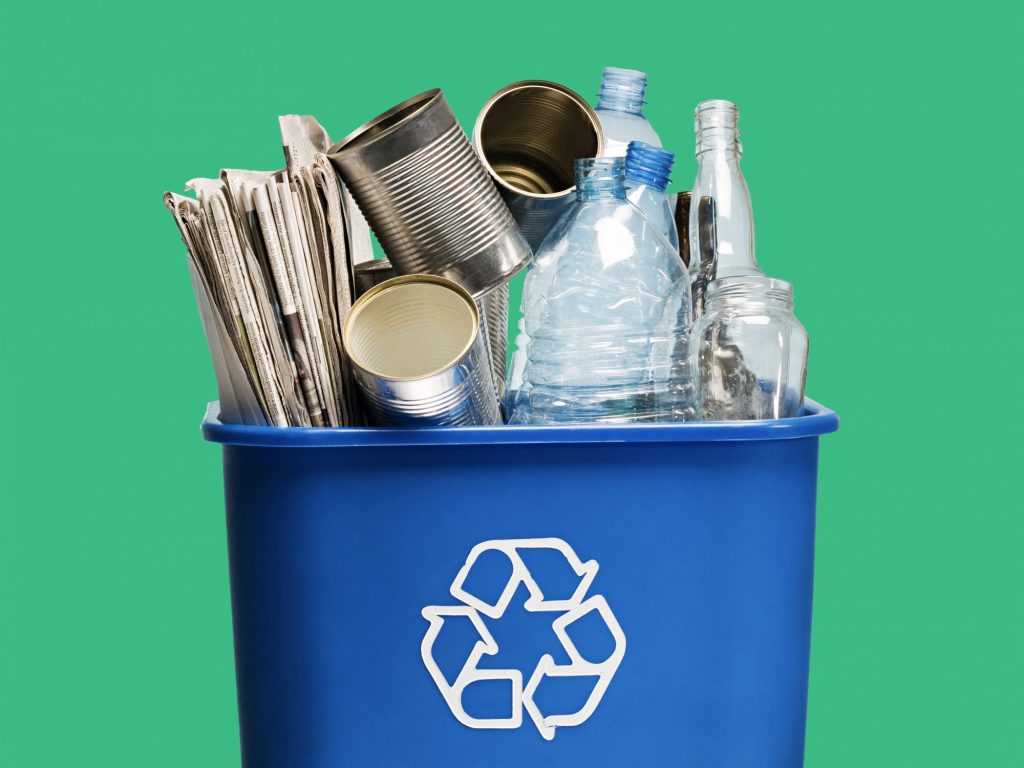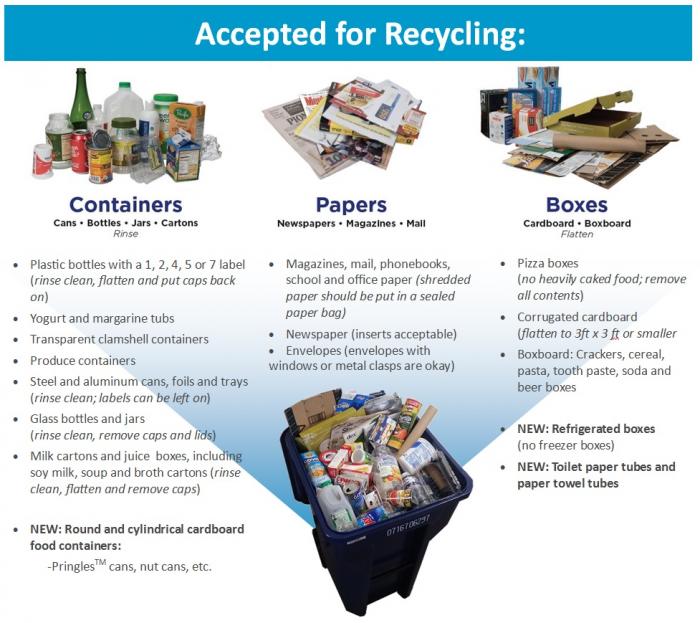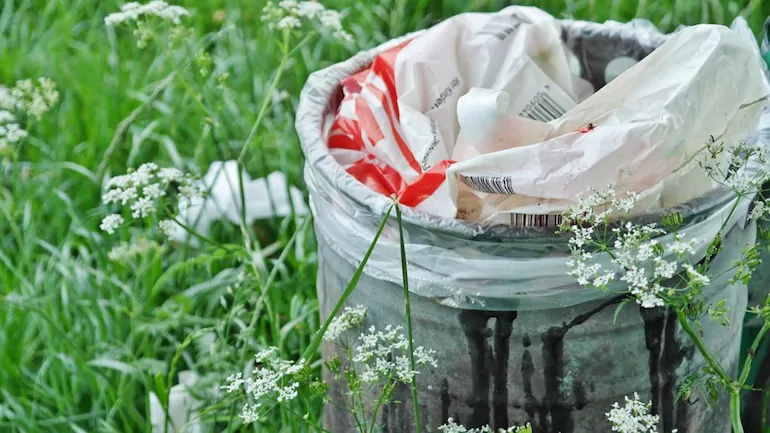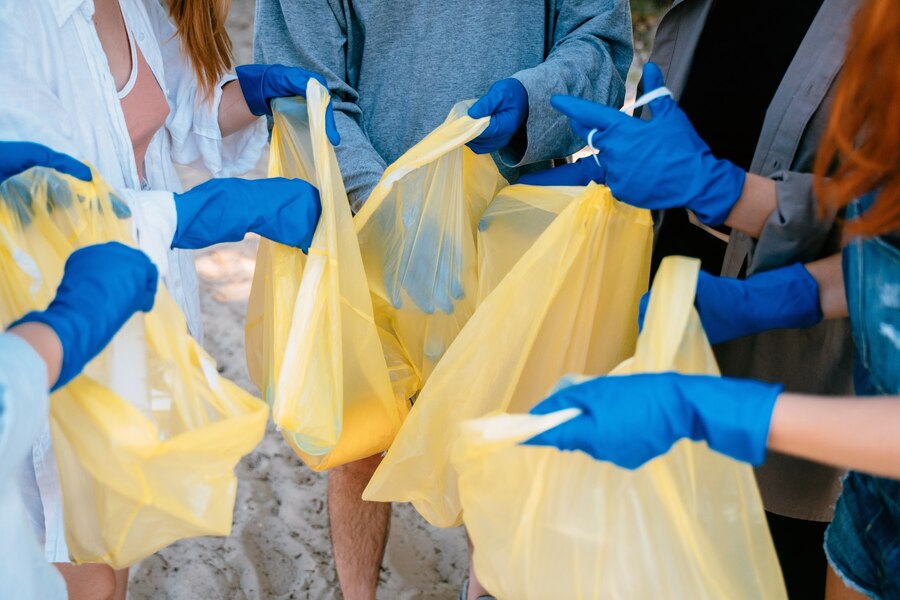Landfills In Minnesota
Why do we have landfills?
Landfills are places where trash is dumped. They exist because there aren’t any good policies or methods for getting rid of trash. “Reduce, Reuse, and Recycle” is a way to think about how to get rid of trash. Anything you can do to reduce the amount of trash you make will be good for the environment.
Landfills are areas where trash is dumped and covered up. They are sometimes used to store the solid waste that comes from industrial processes. In developed countries, solid waste is usually separated at the source and taken to a recycling plant.
When electronic devices become “e-waste,” they are taken apart and sold to someone who buys scrap metal. The rest of them are taken to landfills and buried under layers of dirt and trash. The main reason for this is that most people don’t know how important recycling is.
What kinds of landfills are there?
Landfills are areas where trash is buried to get rid of it. There are four main types of landfills: ones for sanitary waste, ones for construction and demolition waste, ones for municipal solid waste, and ones for industrial waste.
Sanitary Landfills
waste storage facilities where waste is kept away from the environment until it becomes secure. When it has totally deteriorated physically, chemically, and biologically, it is regarded as safe. Sanitary landfills use technology to keep the waste inside and stop potentially dangerous substances from leaching out. The trench method and the area method are the two main techniques used in sanitary landfills.
Landfills for construction and demolition waste
These landfills are used to store waste produced during building construction, renovation, demolition, and bridge construction. Concrete, wood, asphalt, gypsum (the primary ingredient in drywall), metal alloys, bricks, glass, plastics, trees, stumps, earth, rock, and building materials are among the different types of debris (doors, windows, plumbing fixtures).
Landfills for municipal solid waste (Msw)
This kind of landfill collects household waste and is governed by local and state authorities. These landfills must adhere to minimum standards established by the Environmental Protection Agency (EPA).
Landfills for municipal solid waste may not accept certain materials. Common items that are prohibited from MSWs include paints, cleaners, chemicals, motor oil, batteries, and pesticides. However, some household items can be recycled into MSW and disposed of that way.
Landfills for industrial waste
A distinct category of waste called industrial hazardous waste is made up of nonhazardous waste from manufacturing and other industrial processes.
Some landfills in Minnesota
Cottonwood County Sanitary Landfill
The Cottonwood County Sanitary Landfill is a place in Windom, Minnesota, where trash and garbage are buried under layers of soil or other materials. Landfills, dump sites, and trash dumps in Windom are controlled by both the U.S. Environmental Protection Agency and the Minnesota state environmental departments.
Minnesota is also in charge of giving permits to places where trash can be thrown away. Permitting rules decide how the Cottonwood County Sanitary Landfill looks, how it works, and what kinds of trash county residents can put in it.
Brown County Sanitary Landfill
The Brown County Sanitary Landfill can be found in Sleepy Eye, Minnesota, at 21933 County Road 11. They take waste like tyres (truck), tyres (tractor), friable and non-friable asbestos, construction and demolition debris, contaminated soil, municipal solid waste, ash, and tyres (Auto).
Lyon County Landfill
The Lyon County Landfill is a place in Lynd, Minnesota, where trash and garbage are buried under layers of soil or other covering materials. Landfills, dump sites, and trash dumps in Lynd are governed by both the U.S. Environmental Protection Agency and Minnesota’s state environmental departments.
Minnesota is also in charge of giving permits to places where trash can be thrown away. Permitting rules decide how the Lyon County Landfill looks, how it works, and what kinds of trash residents can put in it.
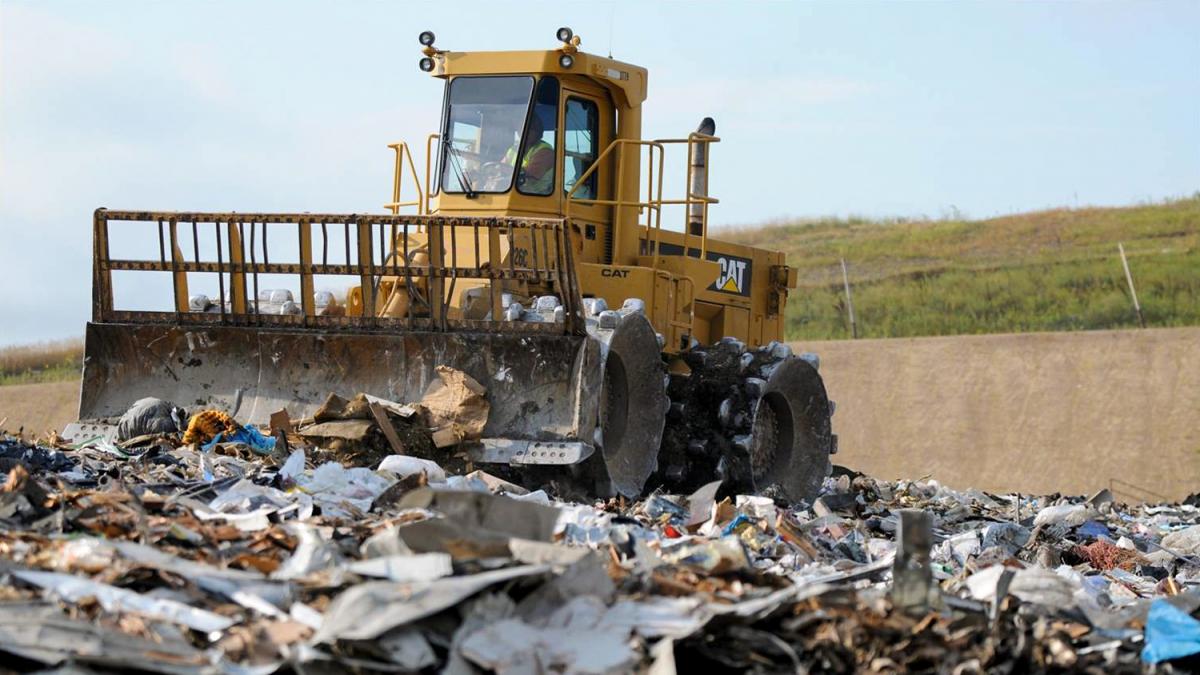
The good and bad things about dumps
The best thing about landfills is that they are very good at getting rid of trash. It’s a type of recycling in which trash is turned into useful things like biofuels, fertiliser, and building materials. They give people a place to throw away trash.
The biggest problem with landfills is that they can produce harmful gases like carbon monoxide and methane. Landfills are also a place where harmful bacteria and diseases can grow and spread, putting people and the environment at risk. They smell. They pollute water that runs off of them. They leach into the ground, which pollutes the water supply. They don’t look good.
Conclusion
People should know what to do with trash. People should try to throw away less garbage and recycle more. People have lots of things every day that don’t get used all the way up and can be used again or recycled. Everybody should know how to recycle. How a landfill should be run is very important.
Garbage dumps shouldn’t really be close to homes and schools. should figure out a way to keep them safe. Instead of putting trash in dumps, people should recycle it.
Dumping should hurt the environment less. Garbage dumps need to be well taken care of by the city government. People should make less trash and recycle more. People need to understand how essential it is to clean up trash.


